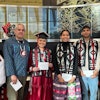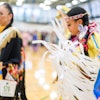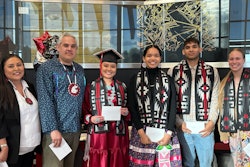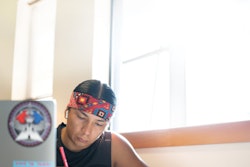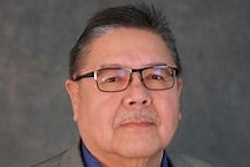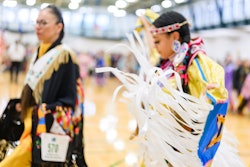RAPID CITY, S.D.
The Institute of Atmospheric Sciences (IAS) at the South Dakota School of Mines and Technology, recently held four 5-day geosciences camps for middle and high school Native American students, the school announced.
The goal of the camps was to increase awareness of the importance of geosciences education. Students were encouraged to invite a parent or adult relative to accompany them. The organizers said it is believed that this intergenerational teaching method allows Native American participants to feel more accepted and encouraged. The School of Mines said this approach inspired one of the adults to enroll in a higher-education program. The project also motivated participants to become active in land and resources protection at the tribal and state levels.
The curriculum was designed to integrate Lakota cultural interpretations of nature with contemporary western science. Field trip locations were selected for both their scientific and their cultural significance, the School of Mines said. The participants traveled to nine sites: Bear Butte, Devils Tower, Harney Peak, Vore Buffalo Jump, the Badlands, Wind Cave, Crazy Horse Memorial, Mount Rushmore National Memorial and Reynolds Prairie.
Participation included on-site geosciences research experiences, field exploration and data collection. Students took part in assembling a science field kit, putting together a PowerPoint presentation of pictures of camp field trips and activities, completing a questionnaire about Lakota culture, preparing field assessments and drawings, measuring light reflectance on various surfaces using a hand-held reflectance spectrometer and collecting and interpreting meteorological data for three sites in the Black Hills.
The camps were held in collaboration with Sinte Gleska University (SGU) in Mission, S.D., and Humboldt State University in Arcata, Calif., with support from the National Science Foundation (NSF),
The NSF Opportunities for Enhancing Diversity in the Geosciences (OEDG) program, which funded the camps, is designed to address the underrepresentation of primarily Native Americans and Alaskan Natives, and increase their participation in the geosciences.
